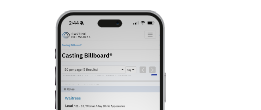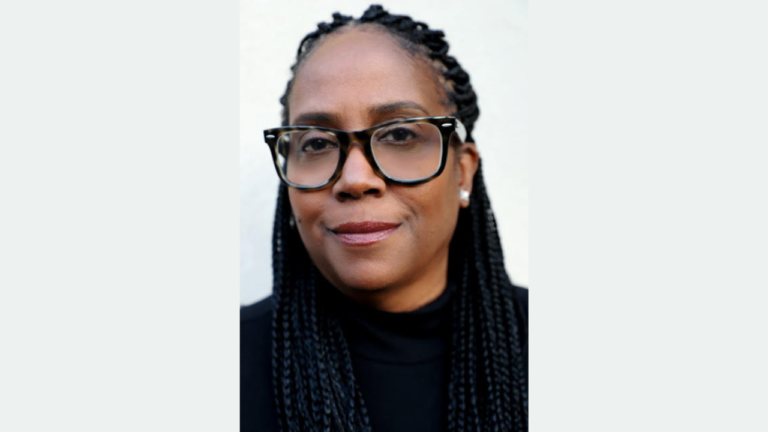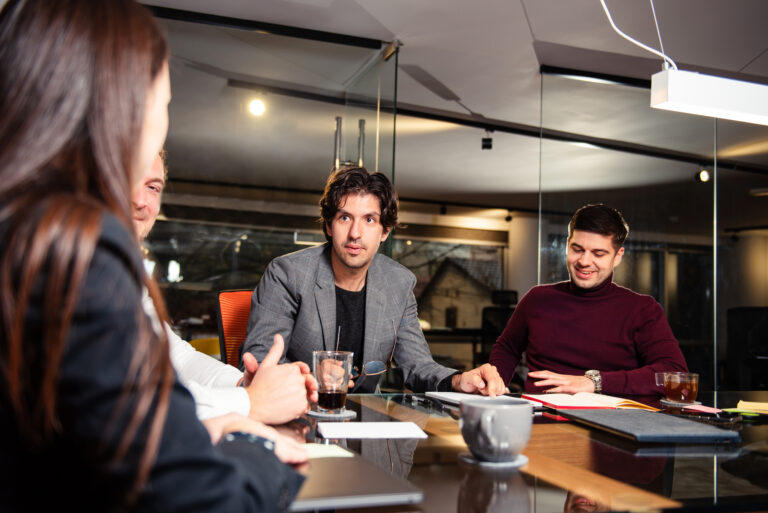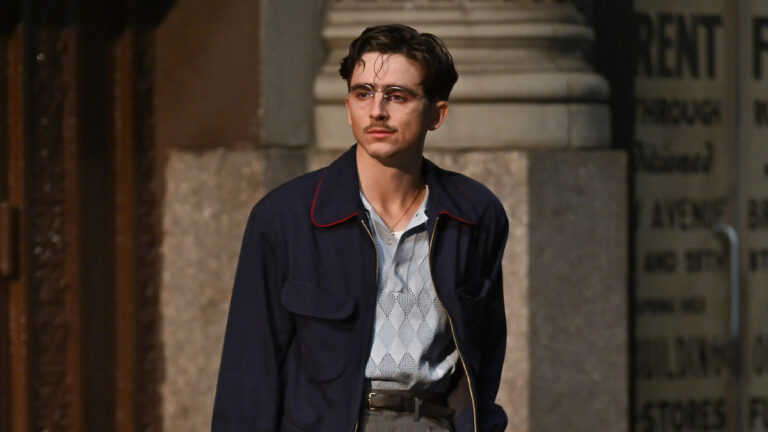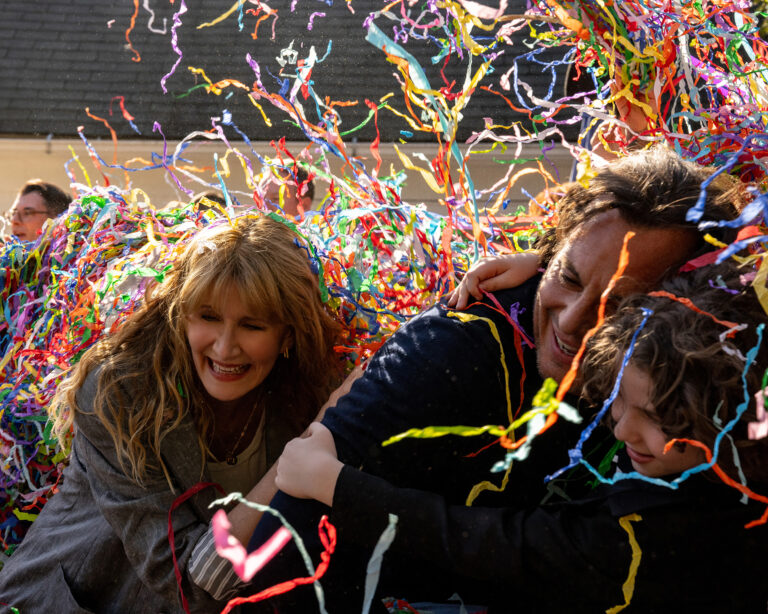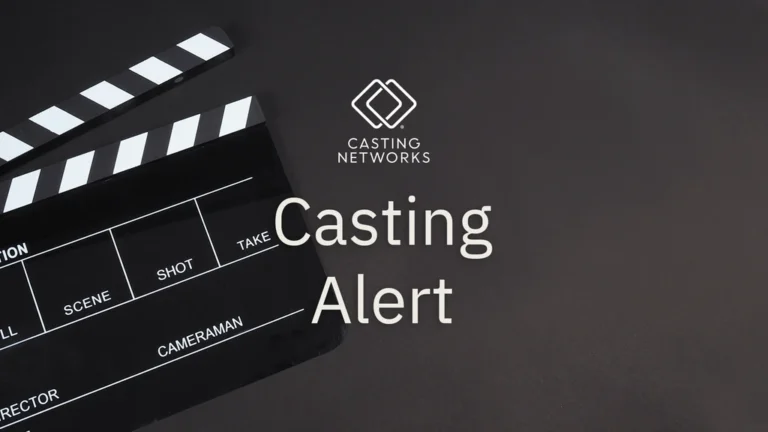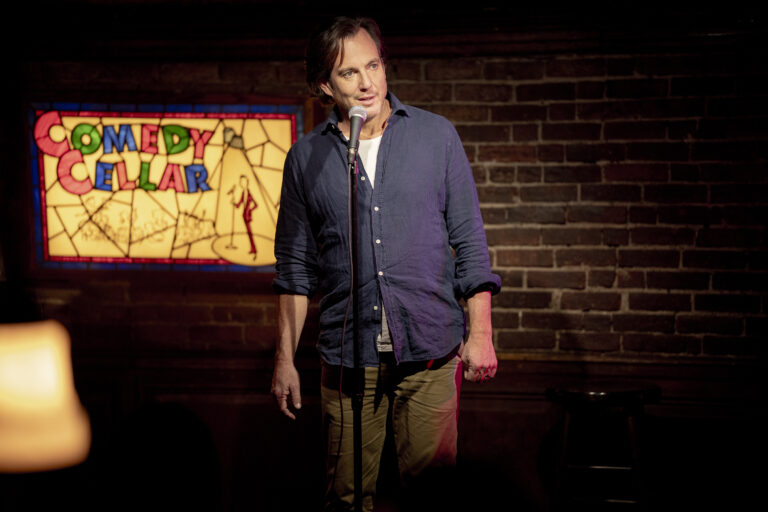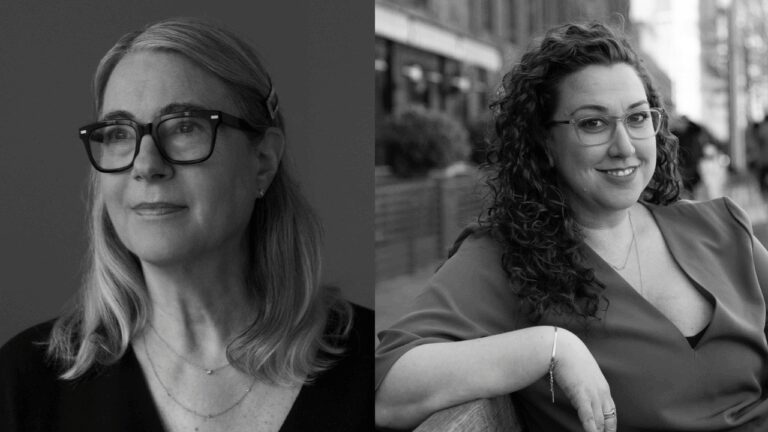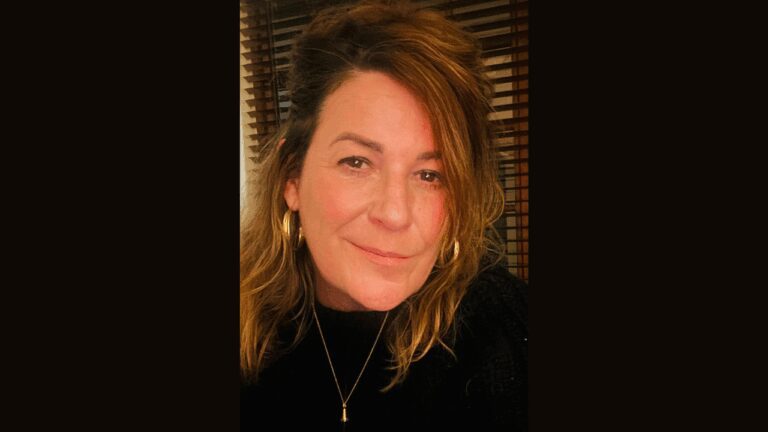Casting Director Cassandra Kulukundis has been a trusted collaborator of Paul Thomas Anderson for over two decades. Their collaboration began with 1999’s Magnolia and continued through to his latest feature, One Battle After Another.
Across her career, her taste and eye have helped shape a wide range of films, from Spike Jonze’s Her to David Mamet’s Spartan, and Brady Corbet’s Vox Lux, which she followed up last year with Corbet’s acclaimed The Brutalist.
With One Battle After Another already a strong awards season contender, Kulukundis spoke with Casting Networks about her long-standing creative partnership with Anderson, the years-long search for the film’s breakout lead, and how surrounding actors with “real people” can shift the texture of an entire story.
Insights From Cassandra Kulukundis
- Actors should fully prepare for auditions but stay flexible in the room, ready to take direction and explore different choices.
- For self-tapes, actors must convincingly perform even without a scene partner and use the opportunity to showcase their range through experimentation.
- Building genuine, natural interactions with real people on set can enhance performance, so actors should be open to adapting within authentic environments.
You’ve worked with Paul for so long now. When did One Battle After Another first come your way?
Kulukundis: I first heard about it after our work on Phantom Thread, when Paul told me what I should be keeping an eye out for the next one. We almost moved forward on it and then stopped. Then we almost went again and stopped. But I started actively reading people in 2017 and continued to do so in my spare time until we were finally up and going in 2023.
What did those early searches look like?
The original script had a lot more fighting in it, so I was going to martial arts studios and watching tournaments. I was harassing everyone I met about mixed-race girls who could kickbox. I opened it up to gymnastics and dance as well, which is how Chase came to me. I wanted to get a great actor, so it didn’t matter to me if they could fight. I wanted to get them early so we could train them.
But someone like Chase would’ve been too young back then. How did those early contenders evolve over time?
Kulukundis: I had four or five real contenders back then. But they semi-aged out. One decided she wasn’t interested anymore. A couple of them were too young — 12 or 13 at the time. But I checked on them again when they were more the right age. It was a fascinating process. I turned over every single stone that fit the DNA profile for this character.
When did Chase become the clear choice?
With Chase, she was still in college when I first saw one of her tapes, so she was earmarked. But I didn’t want to audition anyone until I knew the movie was actually going. After Licorice Pizza, Paul said we’d be working on it next. By that time, Chase had graduated and got a job (Presumed Innocent opposite Jake Gyllenhaal).
What was the moment you knew she was Willa?
The moment I saw her move, I was like, “I can work with this.” Then she sent a tape, and I was like, “This is it.” I was ready to take her all the way to the end. Then we threw her in opposite Leo…and she kept rolling with the punches, and that’s what Willa has to also do in the film.
Teyana Taylor is known for being a musician, but in the last few years, we’ve seen her take on some acting roles, including 2023’s A Thousand and One. How did she come into the process?
Anyone who saw Teyana in A Thousand and One knew she was a serious player and ready to start an acting career. In that role, you could tell she was ready to commit. For the role of Perfidia (Willa’s mom), I read hundreds of people. So many that I’m afraid of how many might come out of the woodwork and say that they read! (laughs). And Teyana was one who definitely read.
What made her stand out?
Teyana is a force. After she read, we kept finding ourselves wanting other people to read like her. That says everything right there.
And once she was on set?
With Teyana, you get out of her way. Take after take, she gave so much material. We were like, “How are we going to choose?” She’s also one of the most entertaining, fun human beings. With her, there is never a bad day on set. There was nothing we could throw at her that she couldn’t handle.
This film makes strong use of real community members in supporting roles. How do you find those people?
The day players create the world. We want the towns we shoot in involved with us. I travel with the production as much as I can. I get in with the community, meet almost everybody, and then figure out who can handle saying some lines and who can handle not just looking at the camera. I get inquiries about the jail nurse all the time, because she is so good in the movie. But she’s literally a real jail nurse. Everyone you see on screen has been seriously vetted to make the film feel real.
Who was the most challenging to cast?
Tim Smith (the man assigned to kill Sean Penn’s Col. Lockjaw) took a lot of energy to cast. There were specific boxes Paul wanted to check off for him. I read so many types of people, from actors with military backgrounds, to real military people, to actors whose parents are in the military.
How did John Hoogenakker come into the picture?
He was a total out-of-the-box idea. Not at all what I was told to look for. But when he read, his first take, I was like, “I love you so much. Thank you. You have no idea!” That was a hard one.
Avanti, the indigenous bounty hunter who takes Willa, isn’t a very big role on the page, but it’s a role that goes through a lot in the brief time on screen.
Avanti was also challenging because he had to be different things. There is that switch the character makes from, “I’m going to take this girl and let her get murdered to no, I’m not.” When Eric Schweig read, there was something scary about him, but also so much soul in him. I hadn’t seen Eric in a while, and bringing him in was just a random idea I had. It was hard to track him down, though. He was literally somewhere North of Nova Scotia in a place with no Wifi, and I was trying to read with him with 10 seconds of availability! (laughs)
Are you and Paul usually in sync when it comes to making casting choices?
If I really feel like an actor is the one, he agrees with me. I never think someone is ‘good enough’ for a role. I’m not a ‘good enough’ person, and neither is Paul. Even after eight months of looking for a role, we’re always like, “we can do better.” It’s not about judging the actor. It’s about the character. We’re making a quilt and each patch informs the next, which is also why I like to cast in a certain order. I think it’s hard to throw a bunch of offers out to many different roles when you don’t know who’s going to play what.
What was the order on this film?
When I started, there was nobody. Then Bob (DiCaprio) came, then we were doing the Willow search, then Lockjaw (Penn) was set. And during the Willow search, we started getting close to getting Perfidia (Taylor). Then I knew who Willa’s parents were. But it was like that all the way down.
How do you build your database of actors, so when you’re casting a movie like this one, you know to call someone up in the Northern hemisphere who barely has Wifi?
I am constantly collecting people. I don’t even mean to. When I’m not working actively in Los Angeles, I’m in New York and going to the theater, off Broadway, Broadway, all the shows. I watch everything. I see every single movie in the theater. So even if someone is playing the waiter, and the movie could be terrible, if that waiter is really good, I will look them up.
Even if the only line that waiter has is, ‘Would you like some water?”
Those one or two-line roles can be the hardest to cast because it’s very hard to just jump into a scene. It’s like Double Dutch – you’ve got to jump in and start doing tight jump ropes. But jumping in is the hard part.
What kind of advice can you give to actors when they come in to audition for you?
Find your own thing and don’t force anything. No one’s going to be Sean Penn, so don’t try to be Sean Penn. Be your own thing.
Do all your homework, whatever that process is. Then, once you walk in the room, throw it away. You’ve done that work, now listen to what I say, how I feed you the line, and give it back. No matter what, I’m going to take you in a different direction just to see your range and what else you can do.
Don’t be too married to doing it only one way. But at the same time, you definitely have choices.
Self tapes are harder because the casting director is not there to provide direction. Can you share a time when an actor surprised you in their approach to a self tape?
This one actress sent me a tape one time. It took me maybe seven or eight lines to realize she wasn’t reading with anybody. She was that good that she made those lines sound like somebody else was responding. So be ready to work with nobody. Work with the wall. If you do have somebody to work with, try some stuff. Experiment. Because then I get to know you better. It’s not like there’s a trap door underneath you, and if you did it wrong, it opens, and it’s like goodbye! (laughs)
Final Takeaways
Breaking into acting takes more than talent. It requires flexibility, preparation, and a willingness to embrace the unexpected. Casting director Cassandra Kulukundis shares insights that can help new actors stand out and adapt to any role or setting. Here are some key takeaways to keep in mind as you build your career.
- Prepare thoroughly but be ready to throw your work away and follow the casting director’s direction in the moment.
- Use self tapes to showcase your range by experimenting and acting as if you have a scene partner, even when you don’t.
- Don’t try to imitate others; find your own unique approach and bring authenticity to every audition.
- Embrace opportunities to work with real people on set to add natural texture and depth to your performance.
- Stay patient and persistent. Casting is a process of finding the exact fit, and every role informs the next.
You may also like:
